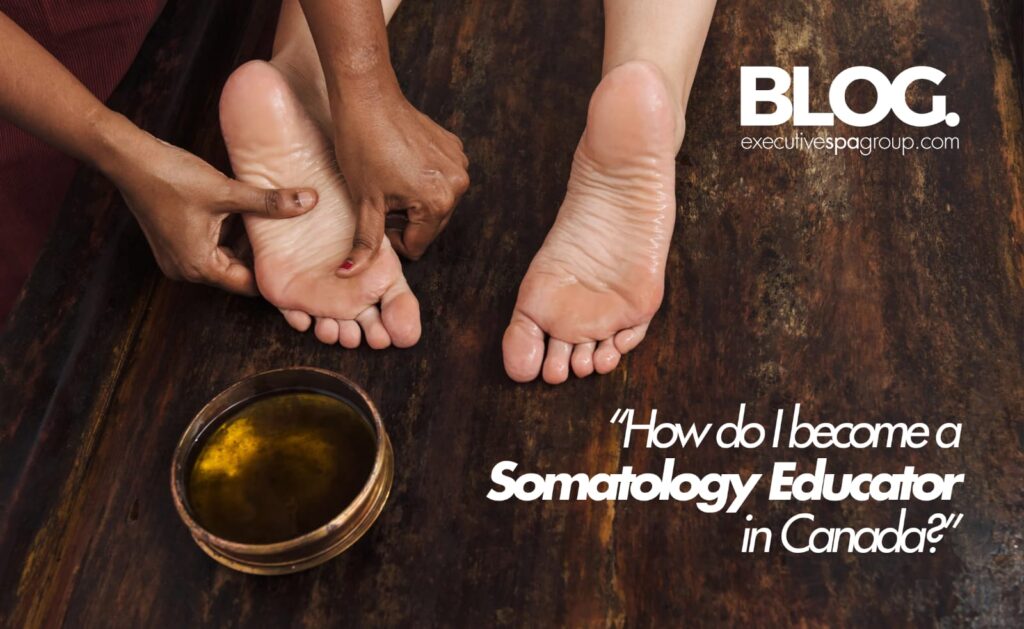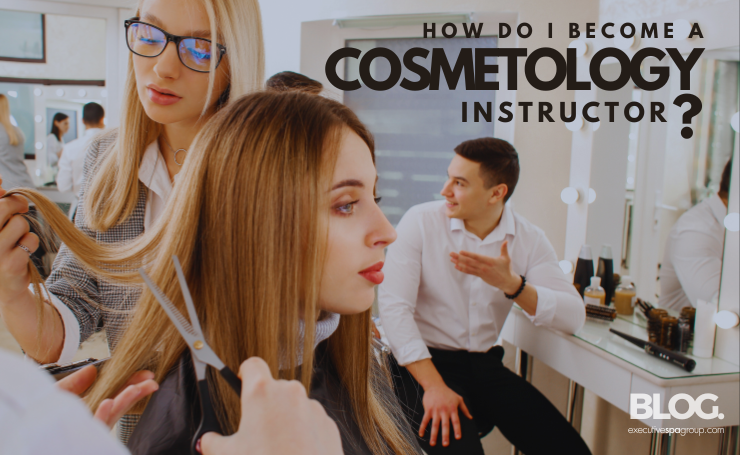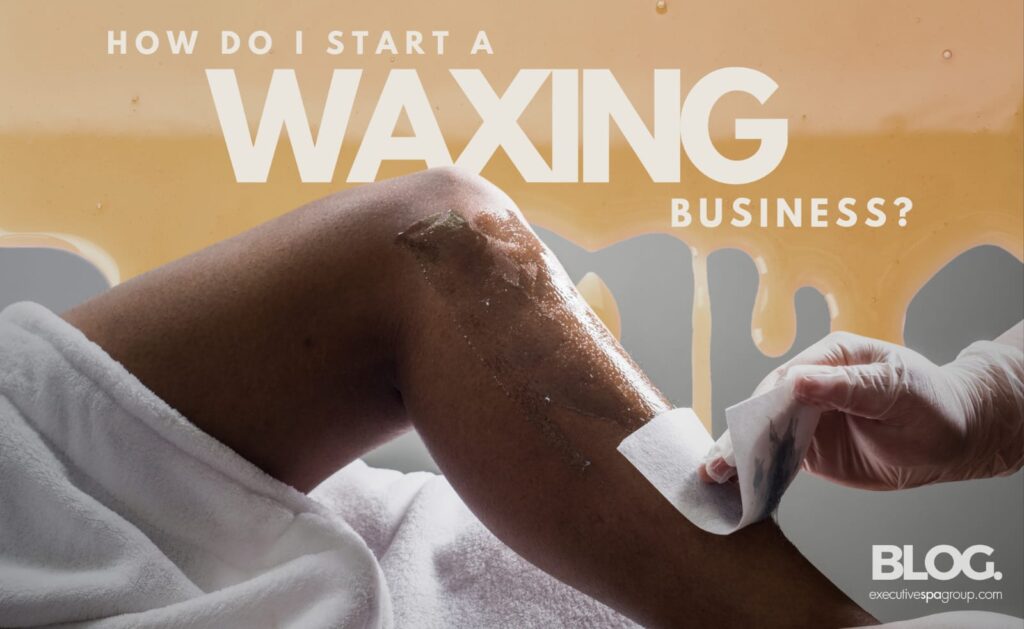alberta,beauty educator,canada
Somatologist Trained in South Africa looking to work as a Beauty Educator in Canada

We received an inquiry from an internationally trained Somatologist who wants to work as a Beauty Educator in Canada.
Read her inquiry below.
“Good day.
I am requiring information regarding your beauty educator courses.
I am a South African qualified Somatologist1 with a 3yr diploma accredited through ITEC. In addition, I have various other classes that I have attended since finishing my diploma in 2008. Furthermore, I have SETA ETDP2 facilitation. I am planning on finishing my assessor and moderator course within the next few months.
I was granted the opportunity to give part time massage courses in my final year and really enjoyed it. Now that I have been working in the industry for 17yrs, I would like to share my knowledge with new potential students.
My husband and I have been aiming to get to Canada for a while now and have received an offer in Toronto, Ontario.
Can I do your course from South Africa?”
Yes, since the course is delivered online it would be a matter of emailing you the link to the course. Our chosen software company allows us to deliver online courses internationally. Payment of the course would be done online.
It is ok and possible for students to make a purchase from our website from most parts of the world! You should be able to make a purchase using your local payment method and currency. Automatic conversion will happen when necessary.
Our chosen payment processing company offers globally accepted payment methods. For example, Visa and Mastercard if you prefer to use a credit card. Apple Pay, Google Pay, or Link, is available if you prefer to use a wallet type of payment method.
“Do I need additional training to apply for an educator position in Canada?”
While these courses will be helpful in your career, many employers will also ask that you have a minimum of 3 years of experience in your field.
EXECUTIVE SPA GROUP
- A Somatologist is similar to an Esthetician in that they provide esthetic improvements, however, they also focus on physical and mental health. Aside from including treatments such as electrolysis, hand, foot and facial care, depilatory and epilation treatments, they also include treatments such as reflexology, aromatherapy, electrotherapy, and hydrotherapy, . ↩︎
- Sector Education and Training Authority Education Training and Development Practices ↩︎



